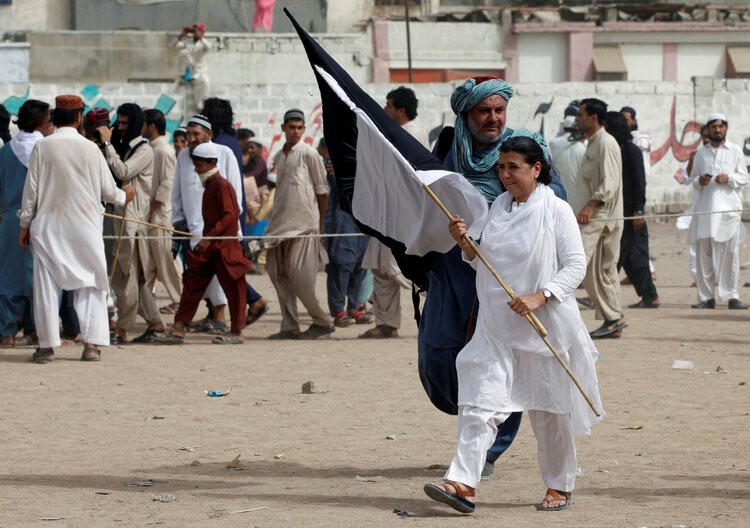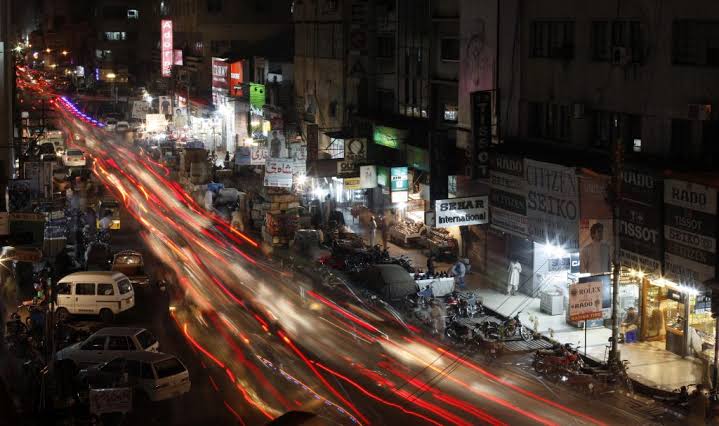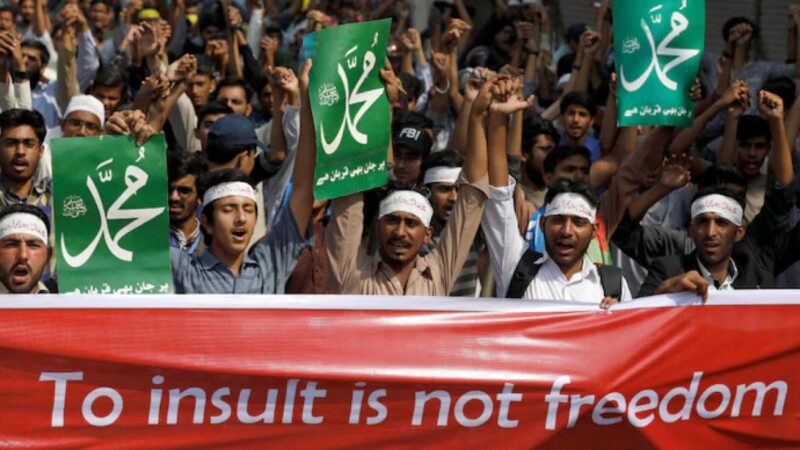SWAT: THE VALLEY OF DOOM

Many people took to the streets at Matta Chowk in the Khwazakhela tehsil of Swat in the province of Khyber Pakhtunkhwa (KP) on October 7, demanding of the government to take decisive action against “anti-peace elements” in the valley while warning that they might take up arms to tackle terrorists if the authorities failed to play their due role. It was the sixth protest by the locals since the resurfacing of the terror activities in the month of August, 2022.
The protest was jointly organised by two local organisations: Swat Olasi Pasoon and Swat Quami Jirga. It is interesting to note that, Swat Qaumi Jirga member Sher Shah Khan claimed that the people of Swat were surprised to notice that the terrorists allegedly wanted to impose sharia law in the valley, even though people in Swat were strict followers of Islam. But “Islam can never be forced through terrorism,” he said, adding that the people of Swat would not step back until all militants were eliminated from the valley. The terrorists argue that they work for the “prevention of vices and promotion of virtues.”
Geo-strategic significance of Swat
Swat is strategically located in the Malakand division in KP, forming a core around which the rest of the Malakand districts border with. This is important as the Malakand division is of unique strategic significance. If the militants are able to strengthen themselves in the region, it could affect the neighbouring countries as well. Besides, just as it seems closer to erstwhile tribal agencies and Afghanistan, its southern tip is only 70miles from the
Swat is strategically located in the Malakand division in KP, forming a core around which the rest of the Malakand districts border with. This is important as the Malakand division is of unique strategic significance. If the militants are able to strengthen themselves in the capital city of Islamabad.
History of terrorism in Swat
A combination of Pashtun ethnic and Islamic values influences the society of Swat Valley, with the Pashtunwali code of conduct used in parallel with Sharia law. The valley of Swat was the first settled district where the Taliban began to infiltrate.4 From 2007 to 2009, Swat was the poster image for Tehrik-e-Taliban Pakistan (TTP) reign of terror.
Terrorist threats to vulnerable targets, including critical infrastructure and government buildings particularly schools and hospitals (or ‘soft targets’) are a complex security challenge. Attacks on urban centers, religious sites and places of worship, are on the rise like militants also targeted informal institutions such as the hujras (guesthouses), jirgas and mosques, symbols of unity in Pashtun society. During this period according to reports TPP militants had established control of 59 villages in the region and as much as 70 percent of Swat Valley. In April 2008, the provincial government embarked on a new peace process that resulted in a 16-point peace agreement. On February 24, 2009 a spokesperson for the TTP publicly announced that his group would observe an indefinite ceasefire. The ceasefire was threatened in early April 2009, but with counter-terror activities of Pakistani armed forces, TPP was largely been driven from the Swat Valley and the region brought back under government control. The government of Pakistan launched a military operation named Operation Rah-e- Rast (The straight path) in May 2009 against the militants that caused internal displacement of more than 2-3 million people from Malakand Division including Swat.
Reasons for crisis in Swat7
Swat lies in its incomplete merger and integration into Pakistan after the state was merged in 1969. Although the order for the merger was issued yet there was no plan how it was to be transformed from a princely state to a district working under normal laws. Consequently, Swat continued to be administered through Riwaj (customary law). In doing so, Swat and its inhabitants were marginalised.
Secondly, most of the inhabitants wished to retain the status quo for the continuation of their privileges obtained during the ex-State days as the normal laws of the land divested their privileges by imposing taxes and custom duties.
Thirdly, Terrorists benefited from the frail bond between the local people and the state of Pakistan, and afterward they started exploiting them. It would not be an overstatement to say that the conflict in the Swat Valley has its roots in the negligence on the part of the successive governments, particularly the socio-economic development of the people of the valley.
Militancy
The militancy that we witness today is the result of a complicated interplay of several forces at work. Post 9/11 and US invasion of Afghanistan, General Musharraf not only patronized, trained, and financed the local militants but also gave safe passage to those who came from Afghanistan. These militants consisted of Afghans, Arabs, Chechens, Uzbek, Tajik and Punjabis. In the 2002 elections Musharraf backed the victory of the Muttahida Majlis–e–Amal (MMA), an Islamist conglomerate in KP that became his secret supporters. From 2002 to 2007 the religious radicals grew in strength in the region with the implicit backing of MMA and the rule of Musharraf who wanted to keep the danger of Islamic radicalization alive to draw resources and support from the US for his undemocratic and martial law.
But later on the situation deteriorated, went out of hand and military action was initiated in the Valley, causing havoc and brought fresh waves of militancy.
Fresh wave of militancy in Swat
A fresh wave of insurgency is rippling out in Swat due to increased activities of TTP and targeted killings of militants. There have been reports of late that militants have resurfaced after 12 years and they are threatening villagers with dire consequences if they denounce them to the authorities. Common people of the Valley are raising questions about the return of militants to Swat despite the presence of security forces. In recent months, attacks in Swat have been increasing, with TTP claiming an attack on a check post in Mohmand, the terror organisation’s 13th claim since September 2, 2022.
As mentioned above, in August, 2022, thousands of residents of KhwazaKhela and Kabal took to the streets to record their protest against the suspected return of militants to the mountains in district of Swat. They swore that militancy would not be tolerated at any cost in the region. During that period, entire Malakand Division was in the grip of panic after militants kidnapped four policemen in Matta, Swat and shifted them to their camp in the hills. All the four were later released on the decision of a Jirga (assembly of elders) of local people. In the same month, the KP police confirmed that they were aware about the existence of some individuals, who were formerly living in Afghanistan, in the far-flung areas of Swat district
Conclusion
As it seems, it can be envisaged that Swat Valley has come a full circle with increased militant presence and violence making a come back after more than a decade. For the state of Pakistan, terrorism has become a Hydra with no end to it. It keeps coming back in waves, largely due to institutional failure and lack of political will amongst the leaders.






